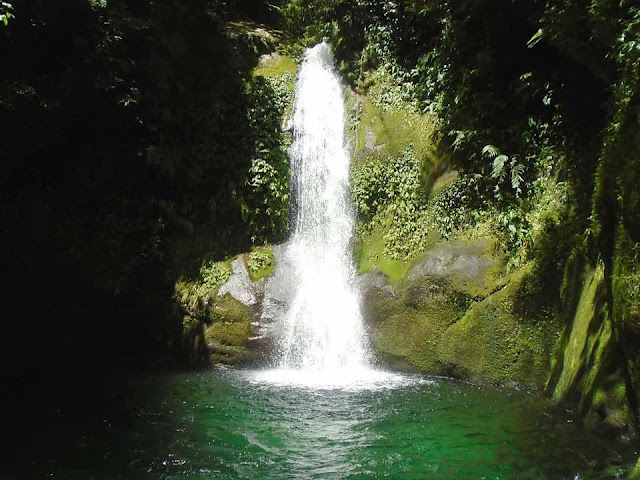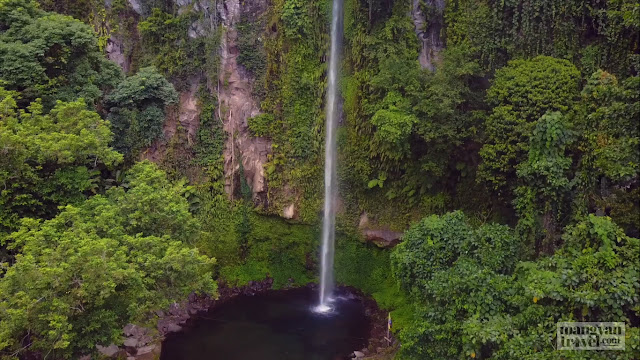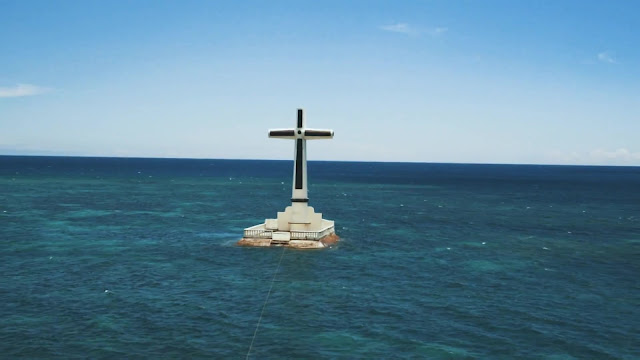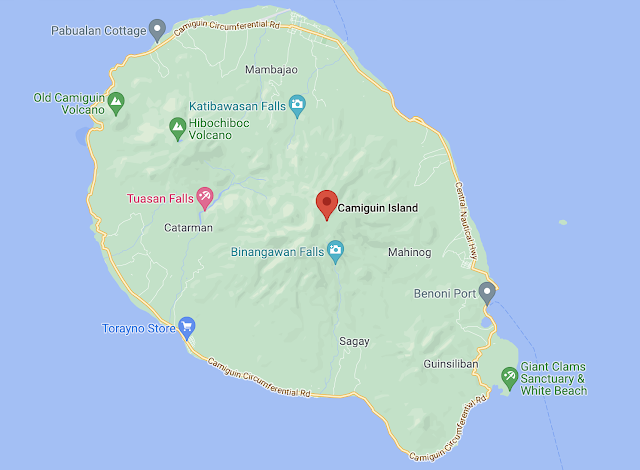he Giant Clam Sanctuary is located in the southern tip of Camiguin Island, in the small town of Guinsilaban. It is managed by a non-government organization, the Kabila Giant Clam Conservation and Ocean Nursery, in which all the services rendered are utilized for the maintenance of the beach operation, clams conservations, and improvement of the marine sanctuary. For those who want to witness the glooming clams, just get your map and pin your journey to the Kabila Beach situated in Cantaan Bay.
The magnificent beauty of Binangawan Falls - Camiguin Island
Camiguin is a volcanic island and a province covered by Northern Mindanao. One of the favorite destinations that should not be missed when visiting Camiguin is the Binangawan Waterfall located in the highland of Sagay. In terms of road accessibility, a paved route is already constructed so that visitors can easily see the magnificent falls.
The naked island of Camiguin - Mindanao
Situated in the Northern Island of Mindanao, Camiguin is considered the second smallest province in the Philippines. Camiguin Island has seven (7) volcanos in total including the famous Mt. Hibok Hibok that erupted in the 1950s. Old folks believe that this island exists throughout volcanic eruptions way back in time.
Camiguin Island | The stunning beauty of the Tuasan Falls
There is a never-ending exploration in Camiguin Island's alluring destinations, from dipping into the inland waters, exploring the Islands' beaches up to the historical places. But then, it will not be completed if you dropped an opportunity to scout the majestic waterfalls on the Island. On the second day of the visit, got lucky with perfect weather, the group headed to barangay Mainit in the town of Catarman to experience the nature's impact of the Tuasan Falls. It is about 27 kilometers away from the place we stay in Mambajao.
Camiguin | Morning grind at the White Island
Situated in the Northern Island of Mindanao, Camiguin is considered the second smallest province in the Philippines. Camiguin Island has seven (7) volcanos in total including the famous Mt. Hibok Hibok that erupted in the 1950s. Old folks believe that this island exists throughout volcanic eruptions way back in time. With namesake “Islands-born of fire”.







